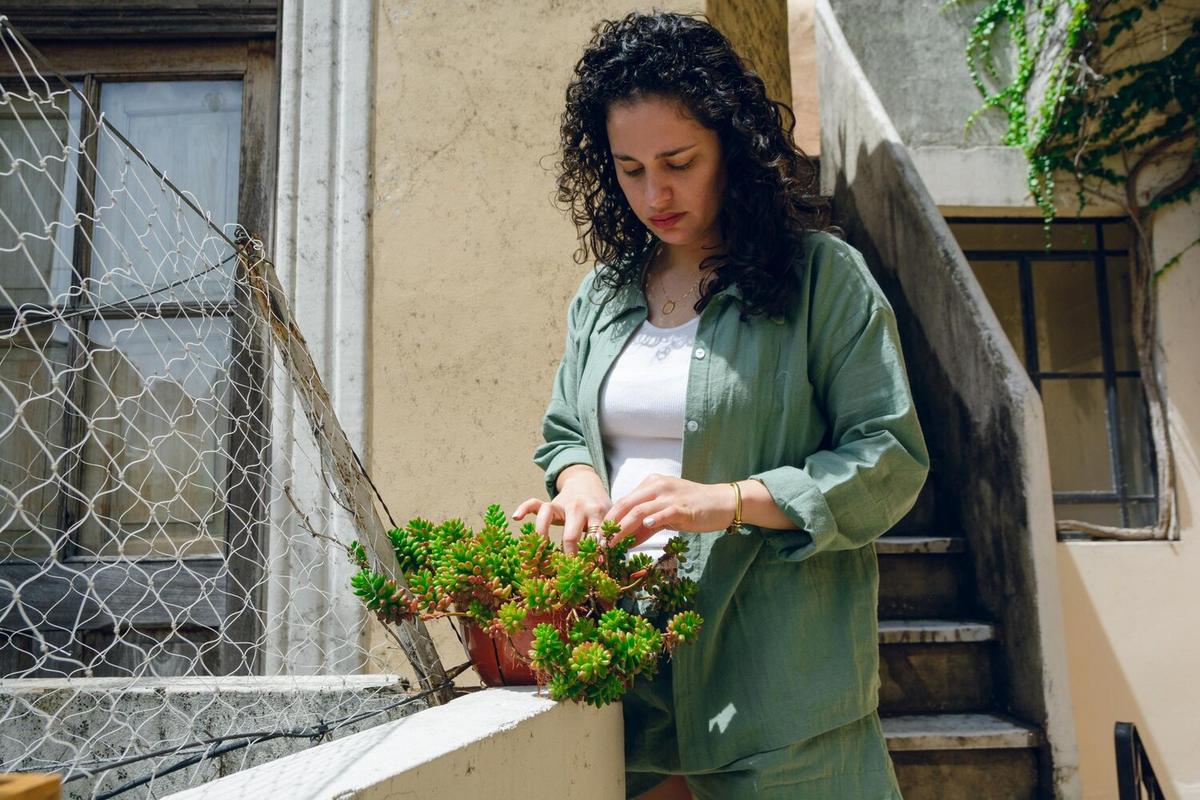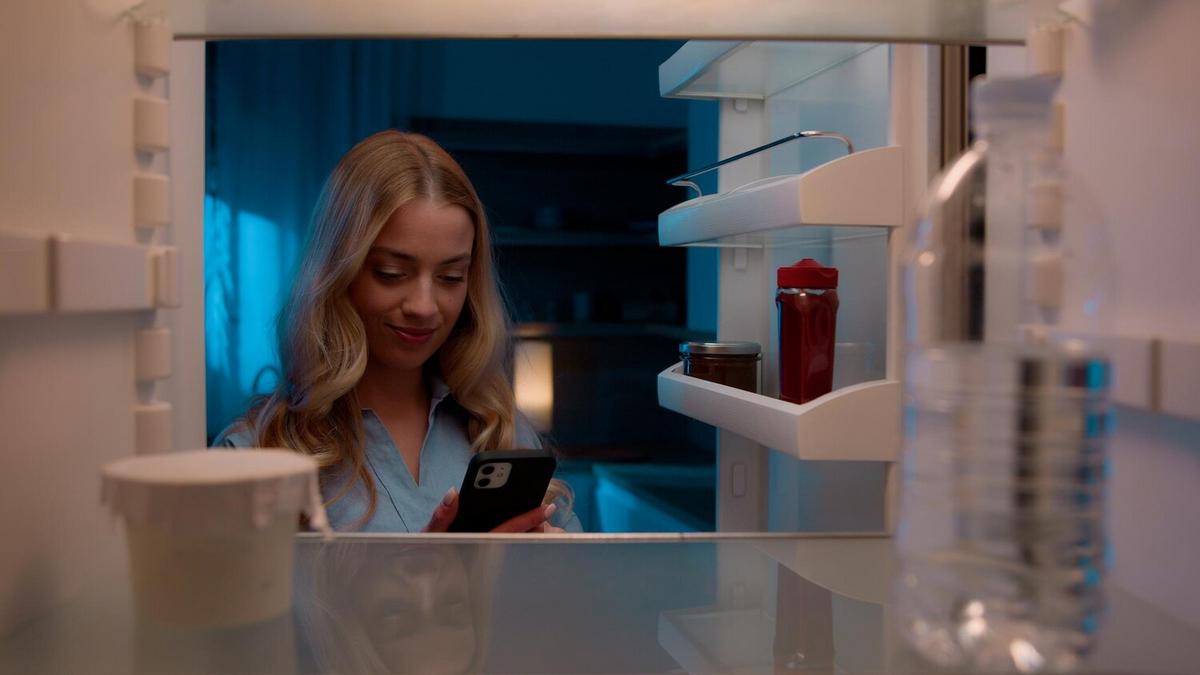
The Benefits of Container Gardening for Fresh Herbs
Imagine stepping into your kitchen and plucking fresh basil or mint straight from a pot on your windowsill. Container gardening for fresh herbs is not just a hobby; it’s a sustainable practice that brings the joys and flavors of homegrown produce right to your home.
Container gardening provides a practical solution for those with limited space, enabling anyone to cultivate a variety of herbs. According to the University of Maryland Extension, container gardening is ideal for urban dwellers and those with limited gardening space, as it allows for control over soil quality and drainage.
The Advantages of Container Gardening
Growing herbs in containers offers numerous benefits, including convenience and accessibility. It allows you to move your herbs to optimal sunlight locations, protect them from harsh weather, and even bring them indoors during colder months.
Expert Insights
Horticulturist Emma Thompson notes, “Container gardening empowers individuals to experiment with different herb varieties and soil mixes, enhancing their cooking and gardening skills.”
Statistics and Research
Research highlights that herbs grown in containers can yield up to 30% more than those grown in traditional gardens, especially when cared for properly with the right soil and sunlight.
Personal Anecdotes
Mark, a city apartment dweller, shares his experience: “I started with just a few pots of basil and thyme. Over time, I’ve expanded to include rosemary and chives, which have transformed my cooking habits and reduced my grocery bills.”
Getting Started with Container Gardening
Begin by choosing the right containers—ensure they have drainage holes to prevent waterlogging. Select a high-quality potting mix to provide the necessary nutrients.
- Choose the Right Herbs: Opt for herbs that suit your culinary needs and climate conditions, such as basil, parsley, or cilantro.
- Water Consistently: Herbs in containers require regular watering, especially during hot weather. However, avoid overwatering as it can lead to root rot.
- Sunlight is Key: Most herbs thrive in full sun, so position your containers where they receive at least six hours of sunlight daily.
Comparison of Popular Herbs for Container Gardening
| Herb | Sunlight Requirement | Watering Needs | Growth Time | Culinary Uses |
|---|---|---|---|---|
| Basil | Full Sun | Moderate | 4-6 weeks | Pesto, Salads |
| Mint | Partial Sun | High | 6-8 weeks | Tea, Desserts |
| Rosemary | Full Sun | Low | 8-10 weeks | Roasts, Soups |
| Thyme | Full Sun | Moderate | 8-10 weeks | Stews, Sauces |
| Parsley | Full Sun | Moderate | 6-8 weeks | Garnishes, Salads |
| Cilantro | Full Sun | Moderate | 4-6 weeks | Salsas, Curries |
| Oregano | Full Sun | Low | 6-8 weeks | Pizzas, Sauces |
| Chives | Full Sun | Moderate | 4-6 weeks | Soups, Salads |
Frequently Asked Questions
How often should I water my container herbs?
Watering frequency depends on the herb type and climate. Generally, herbs need watering when the top inch of soil feels dry.
Can I grow herbs indoors?
Yes, many herbs can thrive indoors if they have access to sufficient sunlight or are supplemented with grow lights.
Conclusion
Container gardening for fresh herbs offers a sustainable way to enhance your cooking while enjoying the benefits of homegrown produce. Whether you have a sprawling garden or a small balcony, container gardening can fit into any lifestyle, providing fresh flavors and aromas at your fingertips. So why not start your herb garden today and savor the taste of freshness right from your kitchen?


